Integration of Advanced Technologies
The Computer Aided Facility Management Market (CAFM) Market is significantly influenced by the integration of advanced technologies such as artificial intelligence, machine learning, and big data analytics. These technologies enhance the capabilities of CAFM systems, allowing for predictive maintenance, real-time monitoring, and data-driven decision-making. The incorporation of these technologies not only improves operational efficiency but also provides valuable insights into facility performance. As organizations increasingly recognize the potential of data analytics in optimizing facility management, the demand for technologically advanced CAFM solutions is expected to rise. This trend indicates a shift towards more intelligent and responsive facility management practices, which could reshape the competitive landscape of the CAFM market.
Rising Importance of Space Management
The Computer Aided Facility Management Market (CAFM) Market is experiencing a heightened focus on space management as organizations seek to maximize the utilization of their physical assets. Effective space management is crucial for optimizing operational costs and enhancing employee productivity. With the rise of hybrid work models, businesses are reevaluating their space requirements and leveraging CAFM solutions to analyze space usage patterns. This trend is expected to drive the demand for CAFM systems that offer advanced space management capabilities, enabling organizations to make informed decisions about their real estate portfolios. As companies strive to create flexible and efficient work environments, the role of CAFM in space management becomes increasingly vital.
Focus on Compliance and Risk Management
In the Computer Aided Facility Management Market (CAFM) Market, there is a growing emphasis on compliance and risk management. Organizations are under constant scrutiny to adhere to regulatory standards and ensure the safety of their facilities. CAFM solutions provide tools for tracking compliance with health, safety, and environmental regulations, thereby mitigating risks associated with non-compliance. The increasing complexity of regulatory requirements necessitates the use of sophisticated CAFM systems that can manage documentation, audits, and reporting efficiently. As a result, the market for CAFM solutions that offer robust compliance features is likely to expand, reflecting the critical need for organizations to safeguard their operations and reputation.
Increased Demand for Operational Efficiency
The Computer Aided Facility Management Market (CAFM) Market is witnessing a surge in demand for operational efficiency across various sectors. Organizations are increasingly adopting CAFM solutions to streamline their facility management processes, reduce operational costs, and enhance productivity. According to recent data, the market for CAFM solutions is projected to grow at a compound annual growth rate of approximately 12% over the next five years. This growth is driven by the need for businesses to optimize their resources and improve service delivery. As companies face mounting pressure to operate efficiently, the adoption of CAFM systems becomes a strategic imperative, enabling them to manage their facilities more effectively and respond to changing operational needs.
Sustainability Initiatives and Energy Efficiency
The Computer Aided Facility Management Market (CAFM) Market is significantly impacted by the growing emphasis on sustainability and energy efficiency. Organizations are increasingly adopting CAFM solutions to monitor and manage their energy consumption, reduce waste, and implement sustainable practices. The integration of energy management features within CAFM systems allows organizations to track their carbon footprint and identify opportunities for improvement. As sustainability becomes a core business objective, the demand for CAFM solutions that support energy efficiency initiatives is likely to rise. This trend not only aligns with corporate social responsibility goals but also contributes to cost savings, making CAFM an essential tool for organizations committed to sustainable facility management.


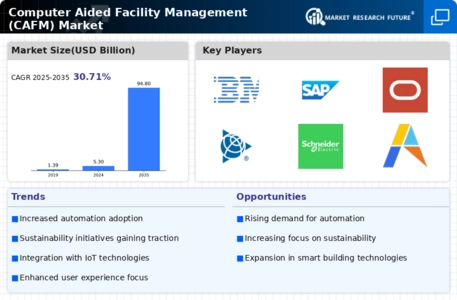
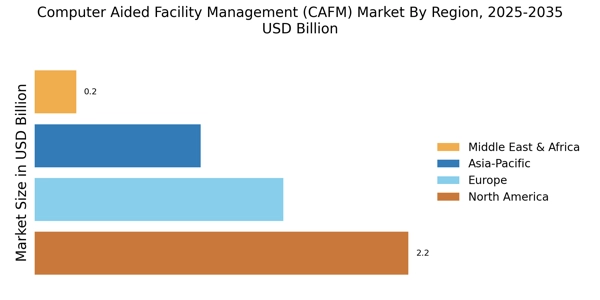
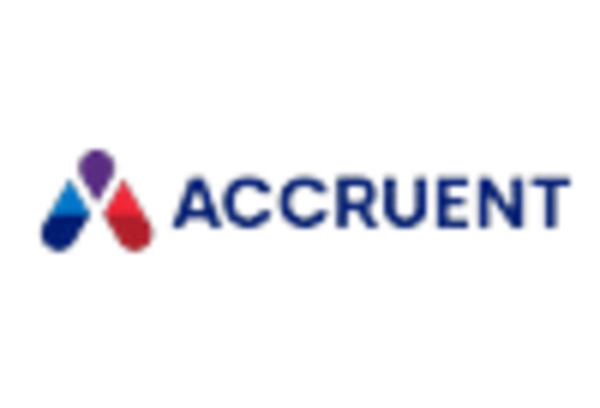

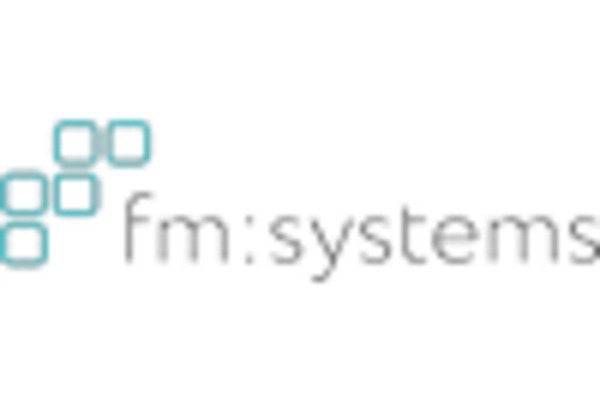

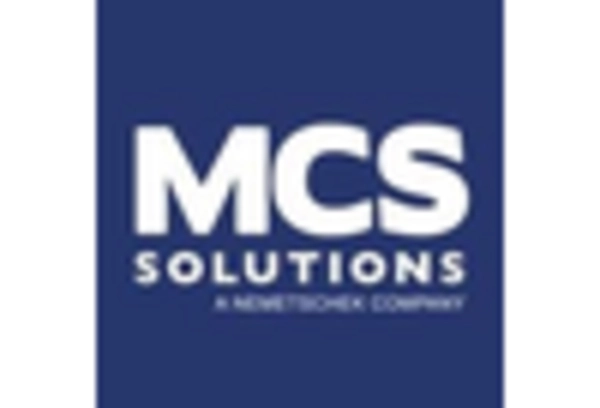
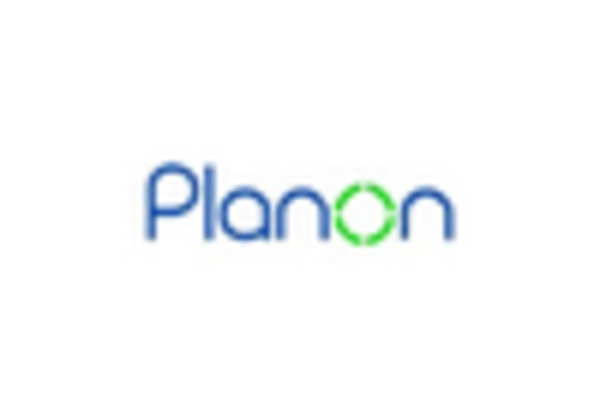
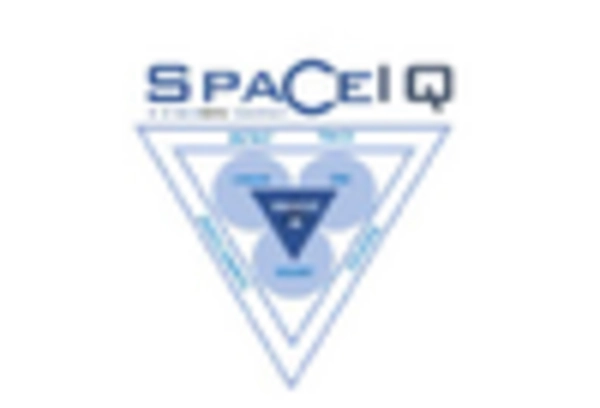








Leave a Comment